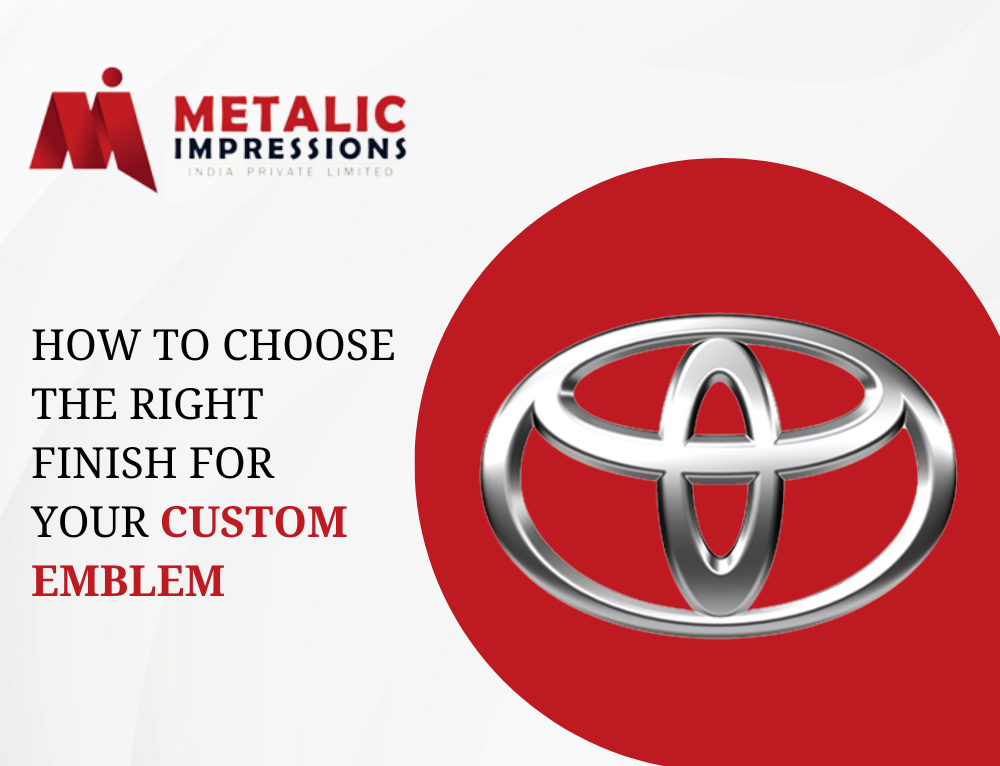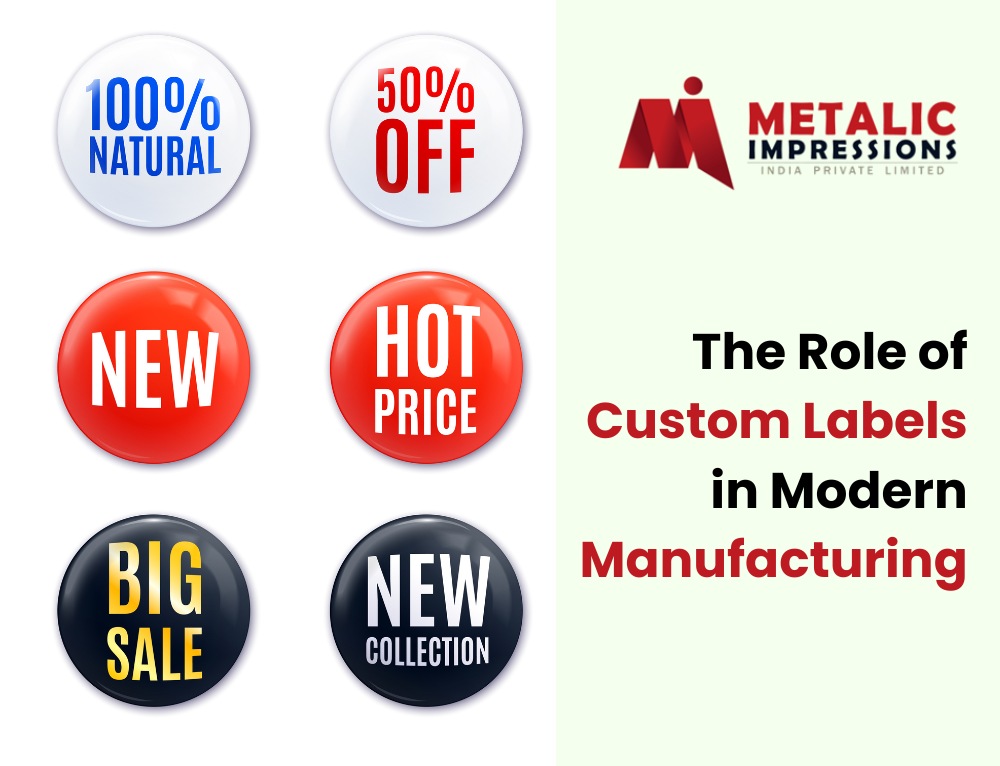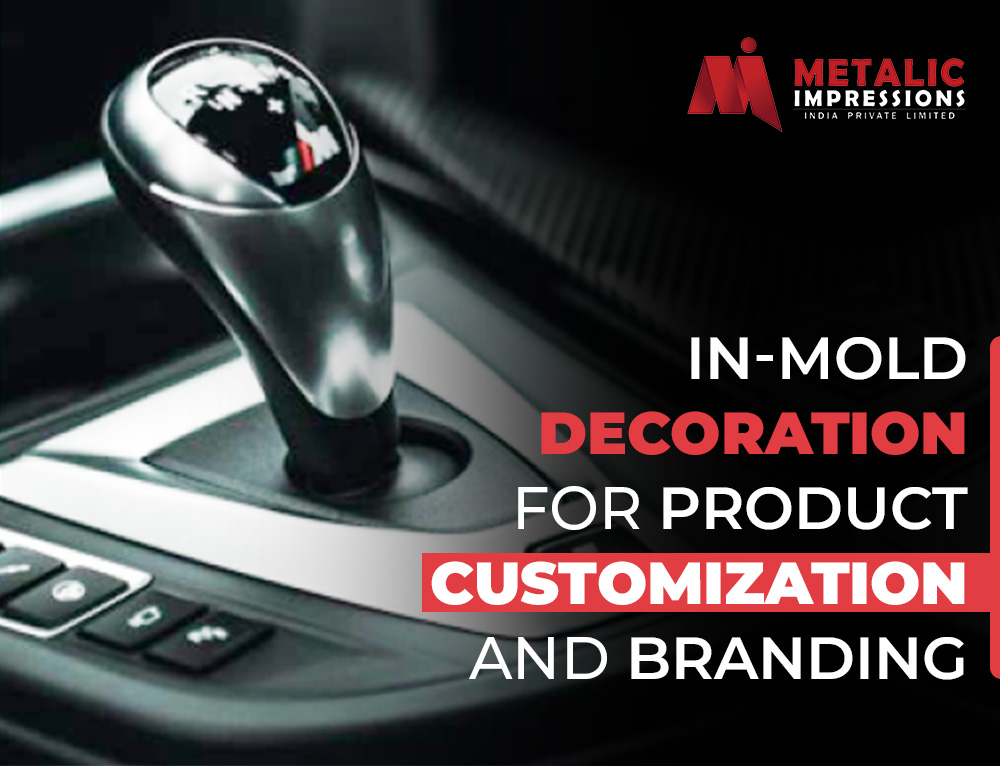In-Mold Decoration: The Durable, Versatile, and Cost-Effective Solution for Efficient Product Manufacturing and Branding Needs
On 03 November 2025 by Metalic Impressions

In-Mold Decoration (IMD) is a revolutionary technique that enables manufacturers to incorporate durable and attractive designs directly into the surface of products. By streamlining the manufacturing process and eliminating the need for secondary decoration processes, IMD provides a cost-effective solution for efficient product manufacturing and branding needs. This blog will explore the many advantages of IMD, including its durability, versatility, and cost-effectiveness, as well as its potential applications and considerations for implementation.
The Durability of In-Mold Decoration
In-Mold Decoration (IMD) is a durable and long-lasting solution for product manufacturing and branding needs. IMD provides enhanced scratch and wear resistance, making it an ideal choice for products that will undergo heavy use or frequent handling.
IMD also offers protection against fading and peeling, ensuring that branding and decorative elements will remain vibrant and intact for extended periods of time. This is particularly important for products that will be exposed to harsh environmental conditions, such as outdoor or industrial settings.
One of the key advantages of IMD is the longevity of branding and decorative elements. The process of IMD creates a permanent bond between the decoration and the product, ensuring that it will not peel, flake or fade over time. This not only enhances the durability and lifespan of the product but also ensures consistent branding and messaging.
The Versatility of In-Mold Decoration
In-Mold Decoration (IMD) offers versatility in several ways. Firstly, with its ability to customize shape, size, and design, IMD labels can be tailored to meet specific branding and product needs, making them a highly versatile solution for companies looking to enhance their brand identity.
Secondly, IMD allows for incorporating functional elements within the decoration. For instance, a product labeled with IMD technology combines control buttons and displays seamlessly. Finally, IMD is compatible with various materials and products, which means that it can be utilized across a range of industries, including consumer electronics, automotive, and packaging. This compatibility also means that manufacturers have greater flexibility in selecting materials for their products, without compromising on design and branding options.
The Cost-Effectiveness of In-Mold Decoration
Metallic Impressions is an IMD Manufacturer that reduces production time and costs by combining the decoration and molding process into one step, eliminating the need for secondary processes such as painting, labeling, or printing. This streamlines production workflow and reduces labor costs.
Since the decoration is integrated into the molding process, the finished product is more durable, reducing the need for costly repairs or replacements. It also helps to optimize inventory management by minimizing the number of separate components required for a product, reducing storage and transportation costs.
Applications of In-Mold Decoration
In-Mold Decoration (IMD) has a wide range of applications across various industries.
- In the consumer electronics and appliances industry, IMD is commonly used to decorate and brand products such as smartphones, televisions, and kitchen appliances.
- In the automotive and transportation industry, IMD is used for interior and exterior parts such as dashboards, door panels, and emblems.
- In the packaging and labeling industry, IMD can create high-quality and unique designs that stand out on product packaging and labels.
- In the household and lifestyle products industry, IMD is used for products such as toys, furniture, and even cosmetics packaging.
Considerations for Implementing In-Mold Decoration
Design Considerations and Collaboration with Manufacturers
- Collaborate with manufacturers during the design process to ensure compatibility with IMD
- Consider design elements that are compatible with IMD, such as flat surfaces and simple shapes
- Ensure adequate space is available for IMD film and equipment
- Consider functional elements within the design, such as buttons or displays, to incorporate into IMD
Choosing the Right Materials and Processes
- Choose materials compatible with IMD, such as polycarbonate, ABS, or PET
- Consider the type of IMD process required, such as film insert molding or in-mold labeling
- Evaluate the advantages and limitations of each IMD process
- Consider the desired appearance and functionality of the final product when choosing IMD materials and processes.
Quality Control and Testing
- Implement quality control measures to ensure consistent and high-quality IMD products
- Conduct testing to ensure product durability, resistance to wear and tear, and other quality factors
- Develop testing protocols specific to the IMD process and materials
- Monitor production processes and equipment regularly to ensure they are performing optimally and producing high-quality IMD products
Conclusion
From a branding perspective, IMD has a substantial impact. It ensures consistent and high-quality branding, improving product appearance and brand visibility. The ability to customize products with IMD helps in product differentiation, contributing to stronger brand identity and market presence.
Looking ahead, the potential impact of IMD on efficient product manufacturing and branding is significant. It offers continuous advancements and innovations in materials, technologies, and design possibilities. As companies embrace IMD, they can achieve greater efficiency, cost savings, and brand differentiation in the competitive market landscape.


